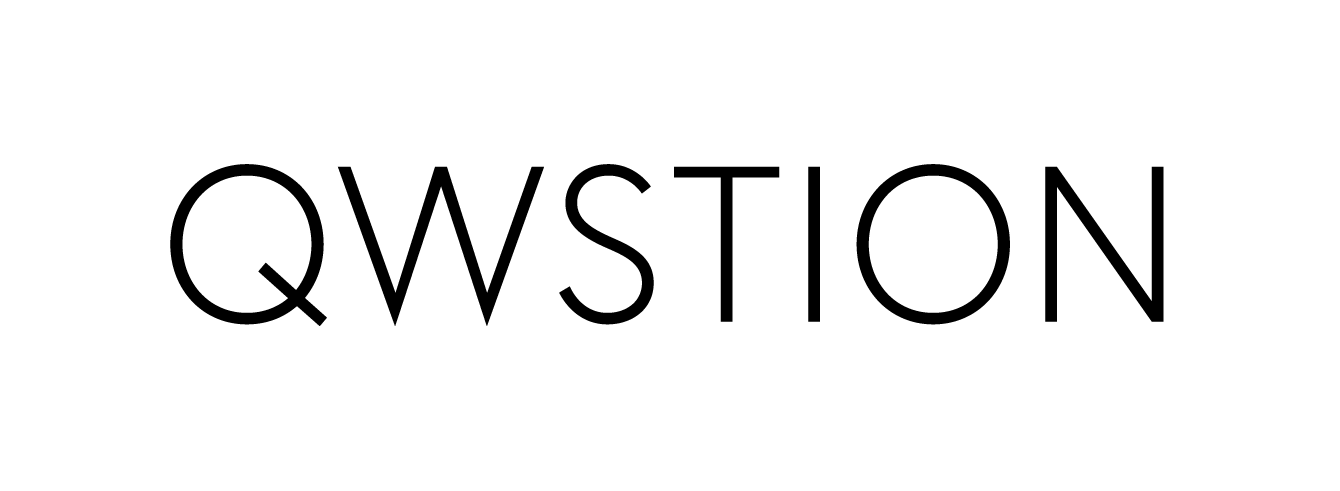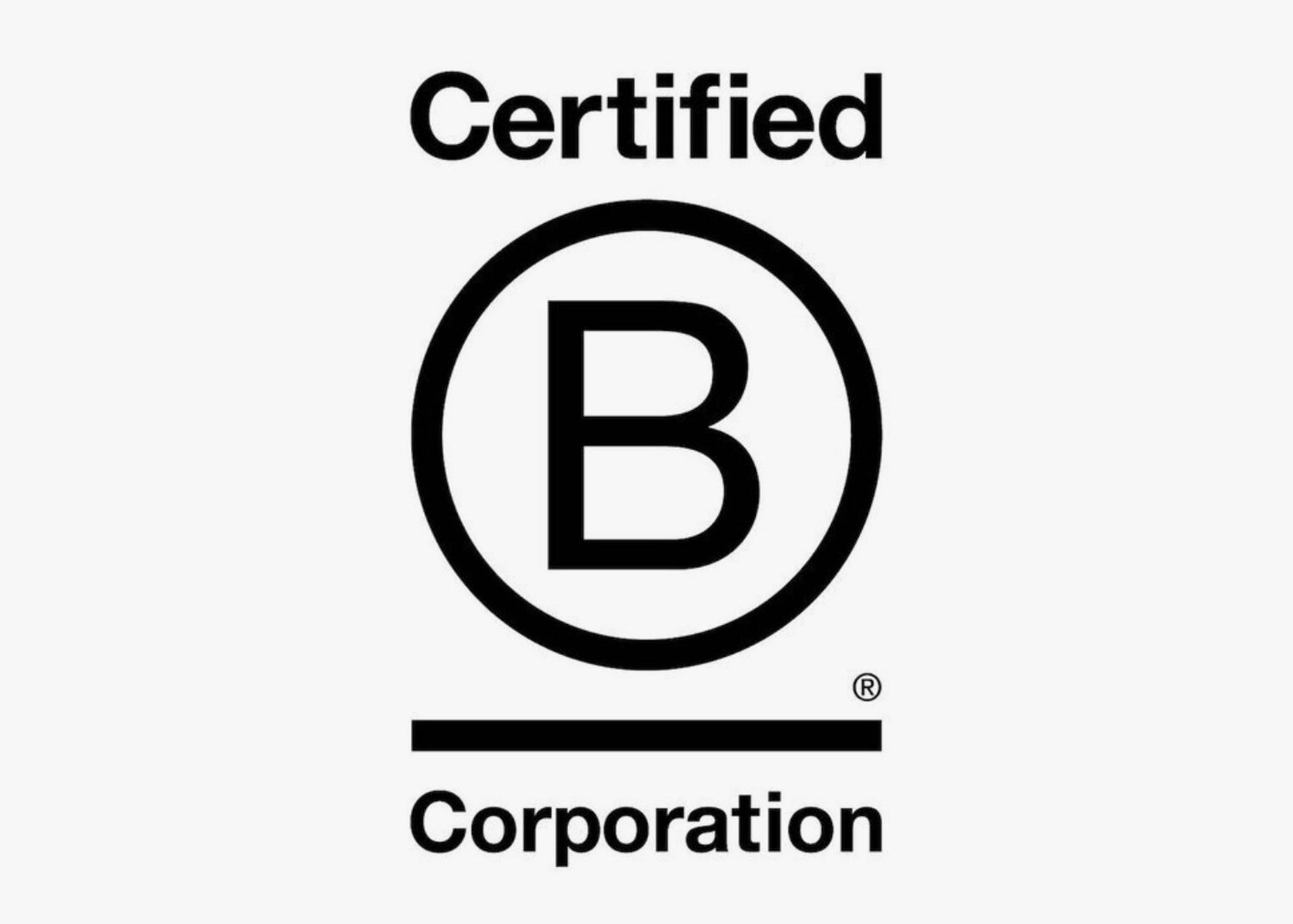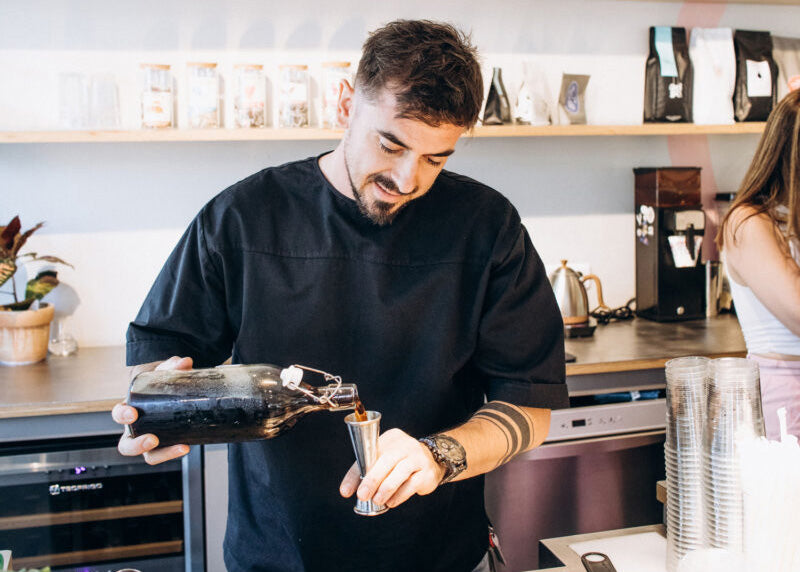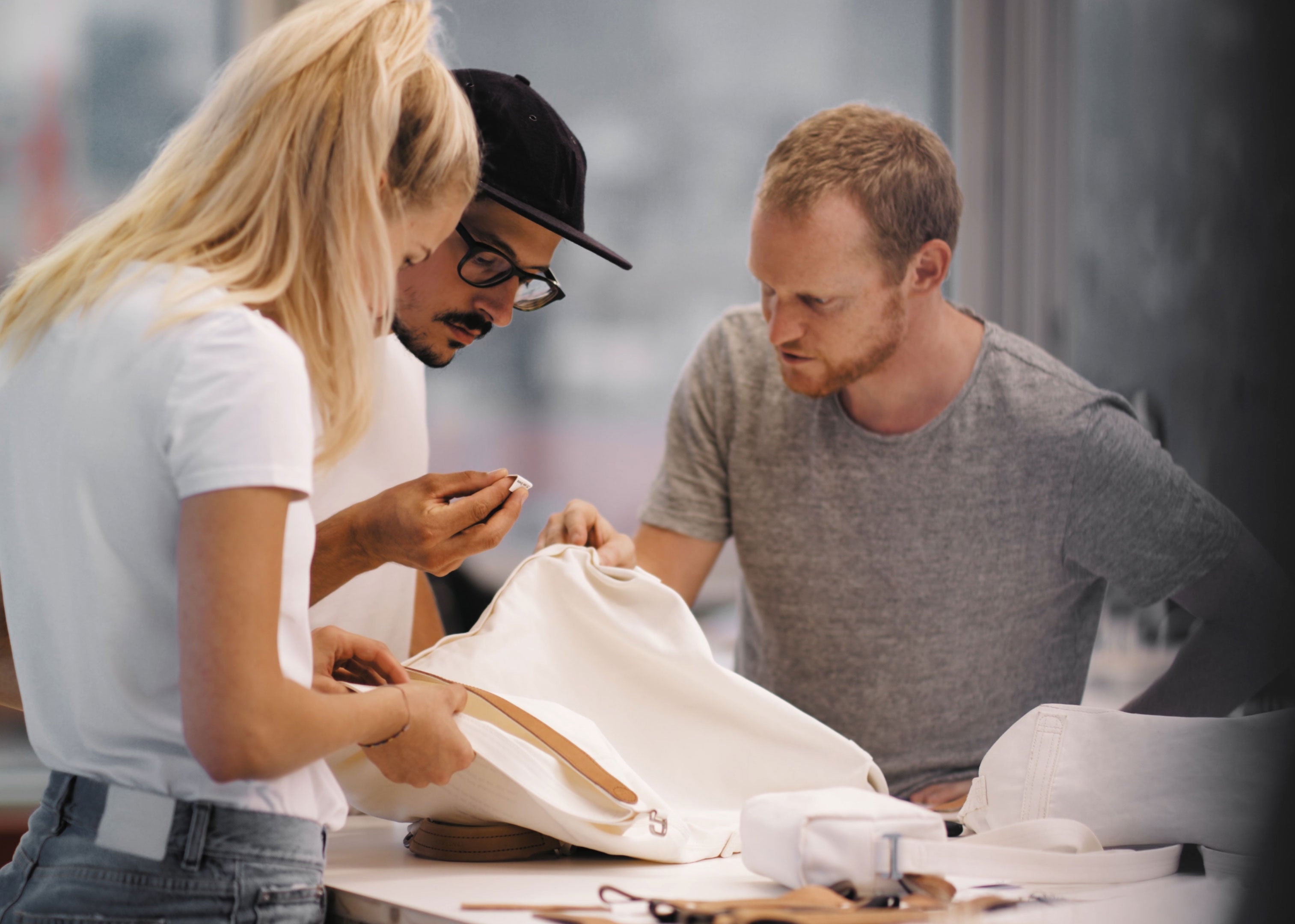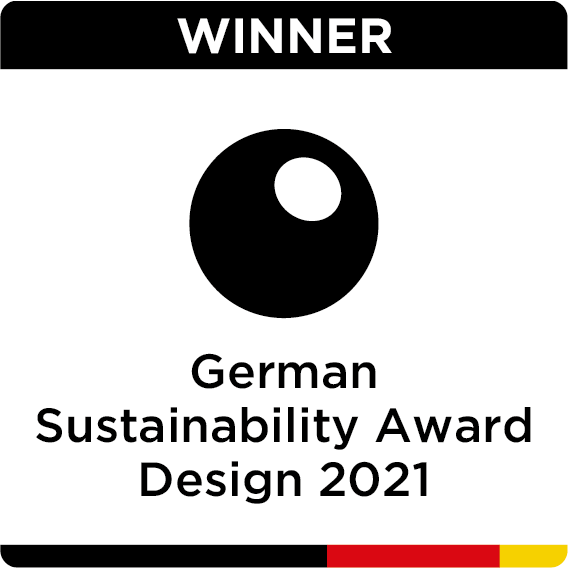
Interview by: Anna Dorothea Ker
In the absence of widespread regulation on environmentally and socially responsible manufacturing, the B Corp certification steps into the void, signifying companies who are placing the planet and people on par with profit to use business as a force for good. But beyond its first initial denoting ‘Benefit for all’, what does the certification actually stand for? On the occasion of QWSTION’s official inauguration into the B Corp community in October 2023, Co-founder and Creative Director Christian Kaegi decodes the components of the certification, offering a balanced view on its utility, challenges, and prospects for building towards a better future.
See our B Corp Profile
Watch the B Corp Movie
The way we conduct business in the Western world today is destructive. Certificates can help to inspire change, and make that change happen.

Anna Dorothea Ker: Since you founded QWSTION in 2008, your purpose has always been to find better ways to create than the prevailing linear ‘take-make-dispose’ model. In the years since, you’ve searched for fitting certifications to validate your proof of concept. In December 2021, your Bananatex® fabric received Cradle to Cradle certification. Now, two years later, you’re officially a Certified B CorporationTM. How did you decide these two certifications were the ones you wanted to pursue?
Christian Kaegi: Within the QWSTION team, we analysed existing certificates to see what was behind them and what they could actually do. That's how we found that Cradle to Cradle and B Corp were the most purposeful for us, at least from everything we could find out about them. We chose to pursue them because they're holistic. They consider all aspects of sustainability – not only the environment but also social factors, how technology plays a role, and the system behind it. The way we conduct business in the Western world today is destructive. These certificates can help to inspire change, and also make that change happen.
ADK: Could clarify the distinction between these two certifications?
CK: Cradle to Cradle focuses on supply chain and product, while B Corp is more about the organisation. Cradle to Cradle is about circularity, about closing loops. To achieve this, you – as an applicant – have to assess the status quo in order to understand your impact, in order to improve. The ‘B’ in B Corp stands for benefit, which totally explains it. It's about being beneficial, becoming better. In that sense, it's all about facilitating change, which is what we need. B Corp is more about putting in place the elements which we need to change to have a greater benefit on the planet and people.

ADK: The certification landscape can be hard to decipher. In an environment where companies with a heavy environmental impact have gained B Corp status, what does the certification mean to QWSTION?
CK: We’re very happy to be part of this movement of companies that prioritize purpose over profit. Ultimately, it’s about trustworthiness, and earning customers’ trust. B LabTM, the non-profit behind B Corp, has done a good job in very thoroughly conducting, and improving, their processes. From everything we learned in our research, they're one of the certifications we believe we can trust. That's definitely important in today’s context. Trust is hard to quantify. Ultimately, we need regulation to help do that. The EU is pushing forward with new laws, so it's coming, but it's taking time. In the meantime, certifications like B Corp are at the forefront of this development.
ADK: Speaking of processes, the B Impact Assessment, a central pillar of the certification, consists of three areas: Social & Environmental performance, Fiduciary Responsibility and Transparency. The first involves conducting a ‘B Impact Assessment’ in which over 80 points must be gained. QWSTION scored a total of 97.9 points across the categories of Governance, Workers, Community, Environment and Customers. What did this assessment entail?
CK: The assessment is very thorough. It took a lot of time on our side – a little over two years – to complete the process. That was also due to our internal capacities. We're a small team. As a small company, there are a few extra challenges in the B Corp assessment. It's geared towards larger companies that have sustainability managers and people who are doing assessments like these all the time. For us, it took a lot of effort to get together all the data, but that was also very important. The first step to improving is to actually get a good sense of where we stand. Overall, it was a very positive experience, and it’s going to continue. That's the whole point – that every three years you reapply for certification. Within that time, the goal is to continue to improve.

ADK: On that note, what did your Impact Assessment score and feedback teach you, or at least confirm, about QWSTION’s strengths and weaknesses?
CK: Our strength is definitely in the product development area, where we’ve invested a lot and where we do a lot of research into resources, starting with plants and natural fibres. That's where we gained a lot of points in the assessment. Our weaknesses are more on the diversity and inclusion side of our company structure. That’s partly due to the fact that we founded QWSTION with five male co-founders. We can't change that. That's part of our story, but it also points to a wider structural issue we have probably in Western Europe as a whole, that that the majority of founders in companies are male. That's something we have to work on. As a society, we need to create better opportunities for women entrepreneurs, which in turn has a whole cascade effect on how companies are structured and how business is conducted.
ADK: To return to the extra challenges for small businesses, Under B Corp’s second pillar of Fiduciary Responsibility, B Lab clauses must be incorporated into a company’s bylaws, right down to rules for rubbish and recycling and systems. Is it fair to suggest that this requirement places a disproportionate burden on small businesses where such frameworks are generally conveyed verbally? And secondly, how do you think the B Corp assessment could be improved to better accommodate small businesses in light of these challenges?
CK: Yes, I think it's fair to say that small companies have an additional hurdle there. To be clear, companies don't score points under Fiduciary Responsibility. In the Impact Assessment, we scored a good total that was mainly related to our product development and our environmental practices – because we’d already conducted the Cradle to Cradle certification in relation to these, we already had a lot of the certificates in place. But internal governance is something that is – to a great extent – guided by common sense. In a small team, we discuss things and then we do them. We don't necessarily have a piece of paper outlining our internal governance for every step. So it's definitely something I think larger companies have a bit of advantage in the B Corp certification process. But overall, I think it's fair to do it that way, because how else could you have a framework that really works for larger companies as well? We were happy to take it on as a challenge and clearly define what our policies are in our areas with room for improvement.
To the second part of your question, to me it seems that circularity is not yet entirely incorporated in B Corp assessments. Maybe it’s that designing for circularity is too new – and that thinking about the end of a product at the beginning is just not established yet in our current system. I hope that the next steps in the evolution of B Corp actually go in that direction, and that circularity will play a bigger role. For us at QWSTION, we’re sure that's where we need to go.

ADK: Could you share a little more about what ‘environmental responsibility’ entails according to B LaB?
CK: I would say it's more about the known elements within linear thinking. You have the mining of materials or the growing of materials – so agriculture – at the beginning, which you're looking at together with certain aspects of the production process like water consumption and energy consumption. Then there are the social aspects within that. It's definitely all important, but it feels to me that considerations on the end of a product's life cycle could be prioritised more. There’s scope for the assessment to be embedded more deeply within the entire framework of circularity.
ADK: Are there other areas of impact that aren’t covered between B Corp and Cradle to Cradle that you want to validate, or keep building trust around on your own terms?
CK: We have obvious room for improvement in the questions raised by the Impact Assessment. With Cradle to Cradle, we focused on certifying our Bananatex® material first, as it makes up about 85% of our material use, so it’s clearly really important and worth focusing on. In the future, we’d love to have everything certified, which means going through all the details – the rivets, the zippers, the thread. That’s something we also need suppliers to step up their game on. To create zippers we can buy from Cradle to Cradle Certified® zipper makers. That’s what will ultimately allow us to create a fully Cradle to Cradle Certified® product. As far as our internal structure goes, we’re working on creating management opportunities for the women in our team.
If you have a long-term plan, and you really want to work towards sustainability, the B Corp certification is a very purposeful thing to do.

ADK: What advice do you have for small companies like yourselves looking to embark on the B Corp Certification themselves?
CK: I’d say allocate enough time and internal resources to the process. It’s not something you do quickly, but it’s something that makes sense if you’re in it for the long haul. If you have a long-term plan, and you really want to work towards sustainability, it’s a very purposeful thing to do. It offers a very good overview of where you stand. So it’s definitely worth the time and effort for small companies – also because it’s one of the better-known certifications, it’s gaining traction, and there are a lot of good companies on board.
We need something that customers can actually trust, and hopefully governments will follow along and establish regulation, which is needed to change the system as a whole. What we as companies can do is inspire others to follow along. More than ever, I see our role as a brand being less about the products and more about being a platform for our way of thinking, designing for circularity, and through that, offering transparency about the processes, creating more awareness about the resources we use today, and how we can improve.
